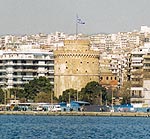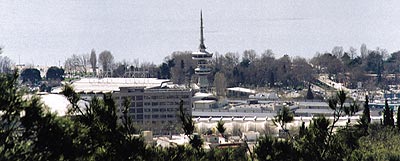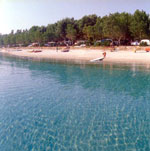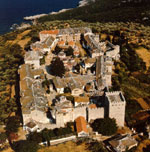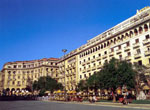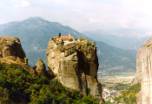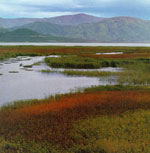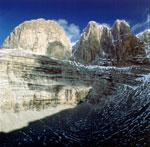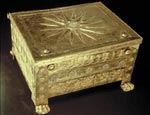Host City
The city of ThessalonikiThessaloniki, the second largest city in Greece, and cultural capital of Europe in 1997, with a population of 1.000.000 inhabitants, is one of the oldest cities in Europe. It stretches over twelve kilometers in a bowl formed by low hills facing a bay that opens into the Thermaic Gulf. It was founded in 316-317 B.C., on a site of old prehistoric settlements going back to 2300 B.C., by Kassandros, king of Macedonia, and was named after his wife, Thessaloniki, sister of Alexander the Great. The city has always been at the crossroads of west and east, and as such its culture, heritage and history reflect the influence of the Byzantine Empire, Ottomans and Jews alike. The influence of many different nationalities and religions may be seen in the various monuments around the city.
Thessaloniki's modern era dates from its liberation in 1912, when Thessaloniki became the capital city of northern Greece. Today the city is home to the Ministry of Northern Greece, a small cathedral and Courts of Justice, as well as to other major governmental and private institutions. The city has today two quite distinct sectors, the old town with narrow alleyways and courtyards, and the commercial centre and newer residential areas with many fine examples of modern architecture such as the newly built concert hall.
Today Thessaloniki is a thriving city and one of the most important trade and communications centres in the Mediterranean. This is evident from its financial and commercial activities, its port with its special Free Zone providing facilities to other Balkan countries, its international airport, its important industrial complex and its annual International Trade Fair. With traditional taverns and coffee shops spilling out onto the pavements, it offers visitors a lively experience. Places of interest close to ThessalonikiThessaloniki is an hour's drive from the peninsula of Halkidiki , a summer paradise of unspoilt beaches and small fishing villages, and two hours from Mount Athos , also known as the Holy Mountain, where 20 major monasteries have been located since Byzantine times. Also easily accessible are the archaeological site of Vergina , Mount Olympus , Prespes Lakes and the monasteries of Meteora .
|



